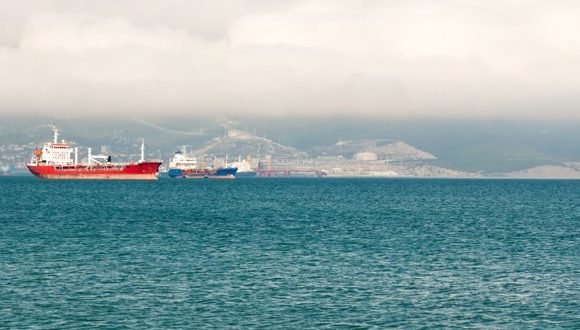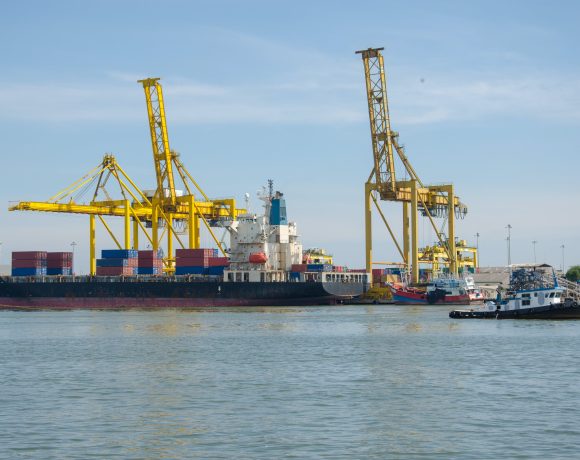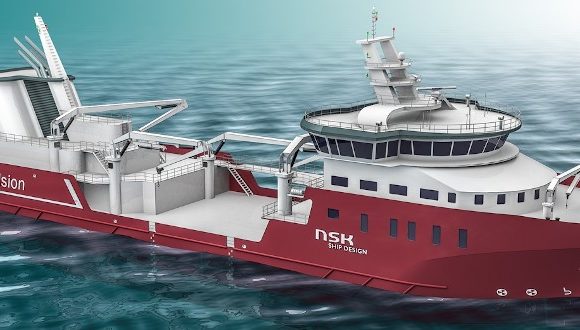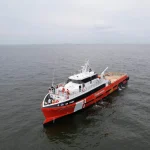Ship Energy Efficiency and Fuel Conservation
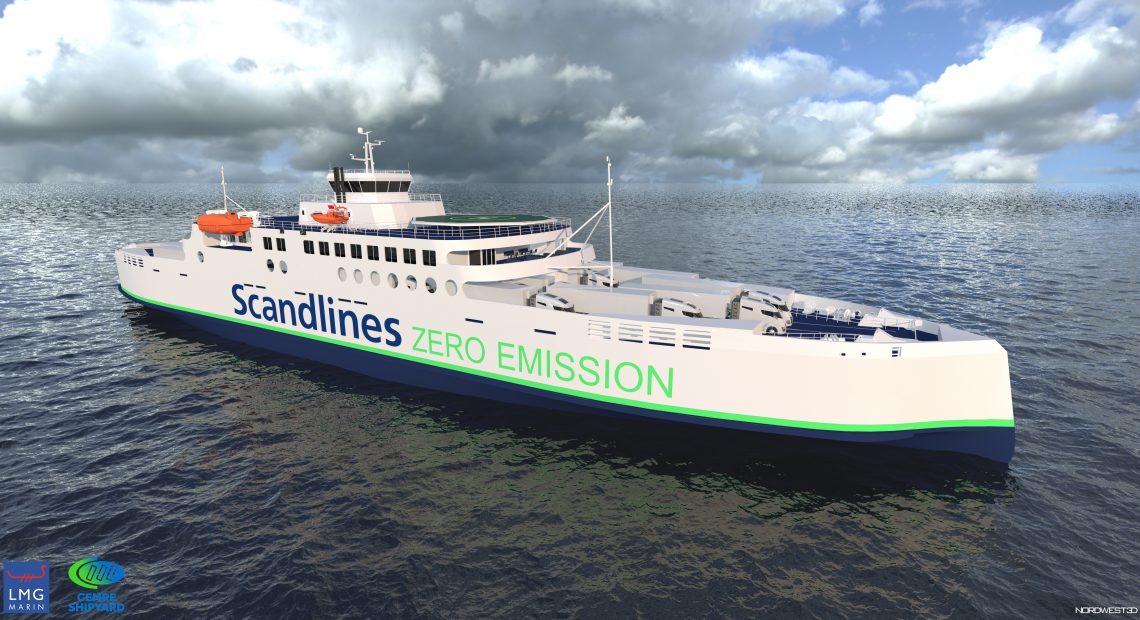
As our vessels cut through the vast seas, the spotlight turns to the evolving landscape of ship energy efficiency and fuel conservation. In this article, we’ll navigate the waters of innovation and explore initiatives that promise a greener and more sustainable future for our floating giants.
The Hull of the Matter: Revolutionising Ship Design
Let’s dive beneath the surface, where the true essence of ship efficiency lies—in the hull design. The traditional image of a ship’s hull as a mere vessel exterior is outdated. Modern ship designers are reimagining hulls, incorporating advanced materials and streamlined shapes to reduce drag and enhance fuel efficiency.
By embracing innovative hull designs, ships can glide through the water with greater ease, minimising resistance and cutting through waves like a hot knife through butter. This not only reduces fuel consumption but also sets a course towards a more sustainable maritime industry.
Propelling Change: The Dynamics of Propulsion Systems
In our exploration of ship energy efficiency, the spotlight shifts to the powerhouse of propulsion systems. Traditional engines are like the beating heart of a ship, but advancements are transforming these mechanical organs. Enter the era of hybrid propulsion, where traditional engines dance with electric power to create a dynamic duo of efficiency.
Hybrid propulsion systems seamlessly switch between traditional fuel engines and electric power, optimising performance based on the ship’s speed and operational needs. This not only reduces fuel consumption but also minimises emissions during low-speed operations, creating a cleaner and more eco-friendly maritime experience.
Fuelling the Future: Embracing Alternative Fuels
As we continue our journey into the seas of sustainability, alternative fuels emerge as beacons of hope. The days of relying solely on traditional marine fuels are waning, making way for a diverse array of eco-friendly options. Liquefied natural gas (LNG), biofuels, and even hydrogen are stepping into the limelight, promising a cleaner and greener voyage.
LNG, in particular, shines as a star player in the alternative fuel game. When burned, it produces significantly fewer emissions than conventional marine fuels, offering a breath of fresh air for our oceans. Biofuels, derived from renewable sources, present a sustainable option, further reducing the carbon footprint of maritime transportation.
The Wind in Our Sails: Harnessing Wind Power for Efficiency
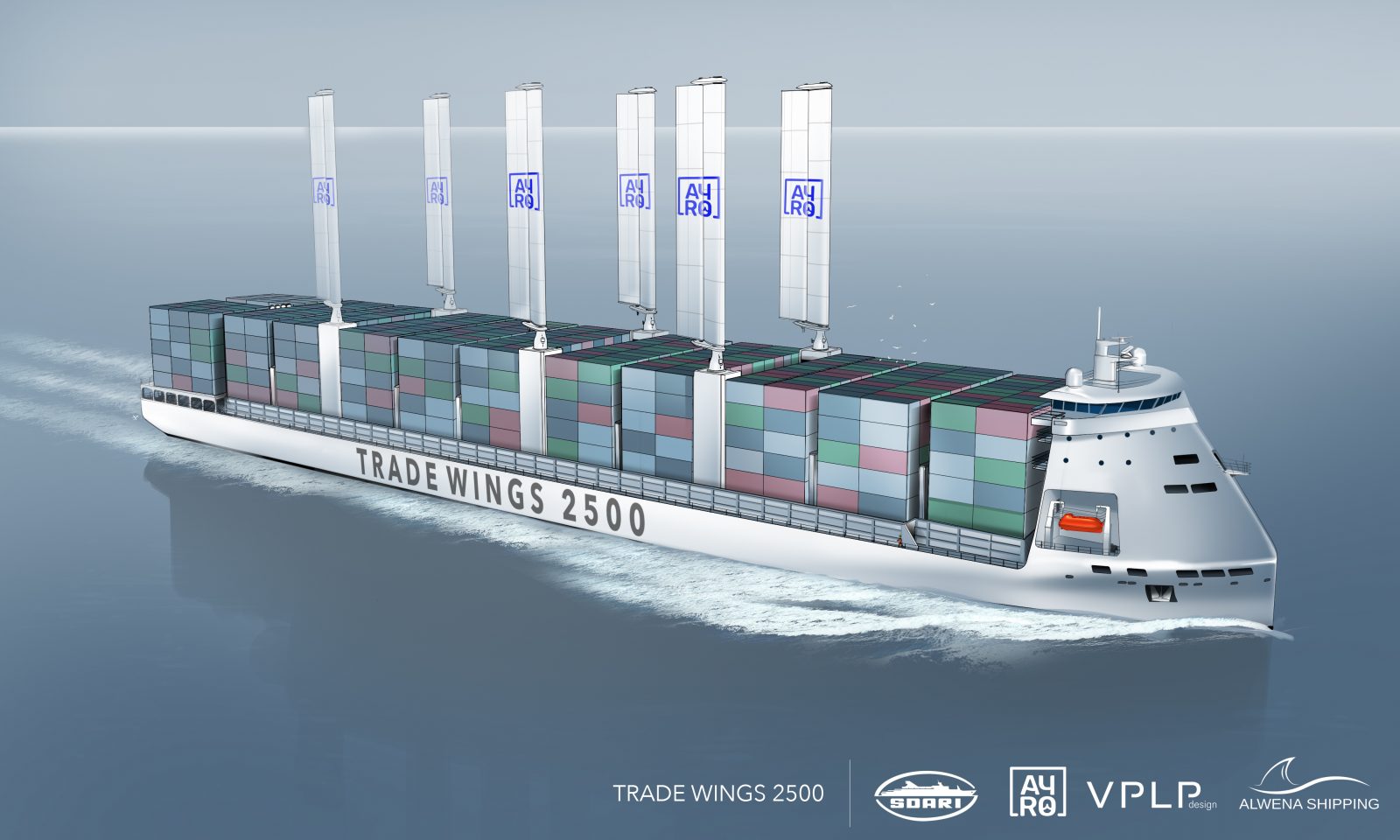
In our quest for ship energy efficiency, we set our sights on the oldest and most reliable source of power—the wind. Wind-assist technologies, such as sails and rotor sails, are experiencing a revival in the maritime industry. These innovative additions harness the natural power of the wind, providing an extra push to propel ships forward.
By integrating wind-assist technologies, vessels can capitalise on nature’s energy, reducing reliance on traditional propulsion systems and cutting fuel consumption. It’s a nod to the past with a futuristic twist, as the maritime industry embraces the age-old wisdom of sailing in harmony with the wind.
Navigating the Challenges: Overcoming Hurdles on the High Seas
As with any grand voyage, challenges abound on the high seas of innovation. The transition to alternative fuels and the implementation of cutting-edge technologies pose initial hurdles, from infrastructure requirements to industry-wide adaptation. However, every challenge is an opportunity for growth and improvement.
The maritime community, known for its resilience, is charting a course through these challenges. As we navigate the seas of change, collaboration and determination become the guiding stars, ensuring that the journey towards enhanced ship energy efficiency remains on course.
The Future Horizon: A Greener Maritime Industry
In the final stretch of our maritime odyssey, the horizon of a greener maritime industry comes into view. Initiatives aimed at improving the energy efficiency of vessels, from revolutionary hull designs to alternative fuels and wind-assist technologies, are setting a new standard for sustainability.
As ships evolve into more efficient and eco-friendly entities, the maritime industry stands at the forefront of a transformative era. The waves of progress carry us towards a future where ships not only navigate the seas but do so with a commitment to fuel conservation and environmental responsibility. The compass is set, and the maritime community sails into a brighter, greener tomorrow.
Facts and statistics
Fuel Consumption: Shipping is a significant consumer of fuel. It’s estimated that the global shipping industry consumes over 250 million tons of fuel annually, accounting for around 2-3% of the world’s total greenhouse gas emissions.
Emission Levels: International shipping emissions have been projected to increase between 50% and 250% by 2050 if no further measures are taken to address this issue. Carbon dioxide (CO2) emissions from shipping alone contribute to about 2-3% of the world’s total CO2 emissions.
Efficiency Improvements: The International Maritime Organisation (IMO) set a target to reduce the carbon intensity of international shipping by at least 40% by 2030, compared to 2008 levels. This is part of a broader strategy to cut total greenhouse gas emissions from ships by at least 50% by 2050.
Adoption of Technologies: To improve energy efficiency, the shipping industry has been adopting various technologies such as air lubrication systems, advanced propulsion systems, and more efficient engine designs. These technologies aim to reduce fuel consumption and, consequently, emissions.
Slow Steaming Practices: Many shipping companies have adopted “slow steaming” practices, where vessels travel at reduced speeds to conserve fuel. This approach has shown significant fuel savings, sometimes up to 30% per voyage, albeit potentially impacting delivery times.
Investment in Alternative Fuels: There has been increasing interest and investment in alternative fuels for ships, including LNG (liquefied natural gas), biofuels, hydrogen, and ammonia. These fuels are considered more environmentally friendly and have the potential to reduce emissions significantly.
References
International Maritime Organization. (2019). Energy Efficiency Existing Ship Index (EEXI) – Overview and Implementation Guidelines. London, United Kingdom.
DNV GL. (2020). Energy Transition Outlook 2020. Høvik, Norway.
Maritime Research Institute Netherlands (MARIN). (2018). Innovations in Ship Design for Improved Efficiency – Research Report. Wageningen, Netherlands.
The Royal Institution of Naval Architects (RINA). (2017). Alternative Fuels for Shipping – A Technical and Environmental Review. London, United Kingdom.
International Chamber of Shipping. (2021). Guidance for the Development of a Ship Energy Efficiency Management Plan (SEEMP). London, United Kingdom.
Lloyd’s Register. (2022). Wind-Assist Ship Propulsion: An Overview of Technologies and Trends. London, United Kingdom.
Improving the energy efficiency of ships
Shipping industry heavyweights join LISW23 board of advisors

